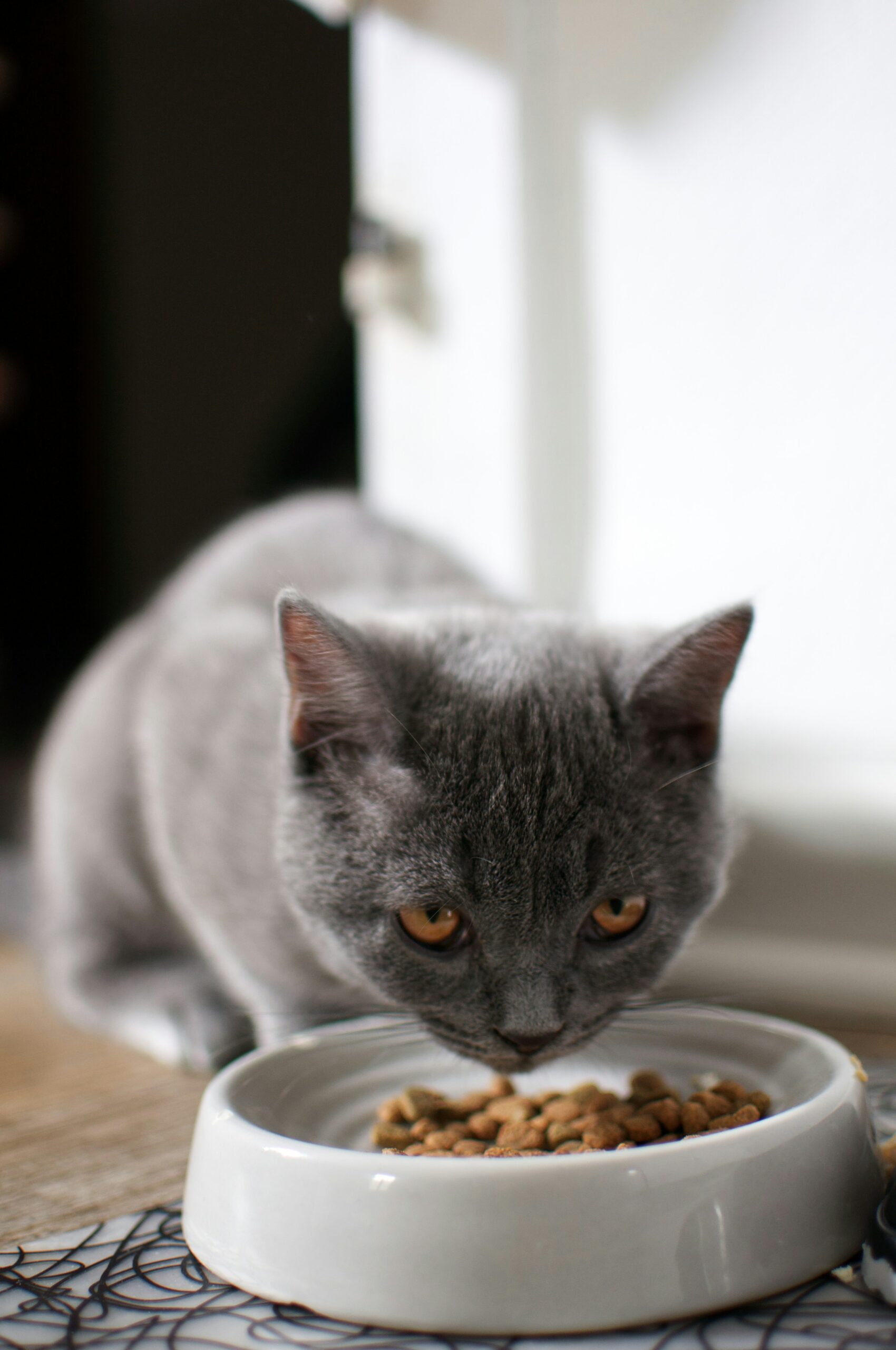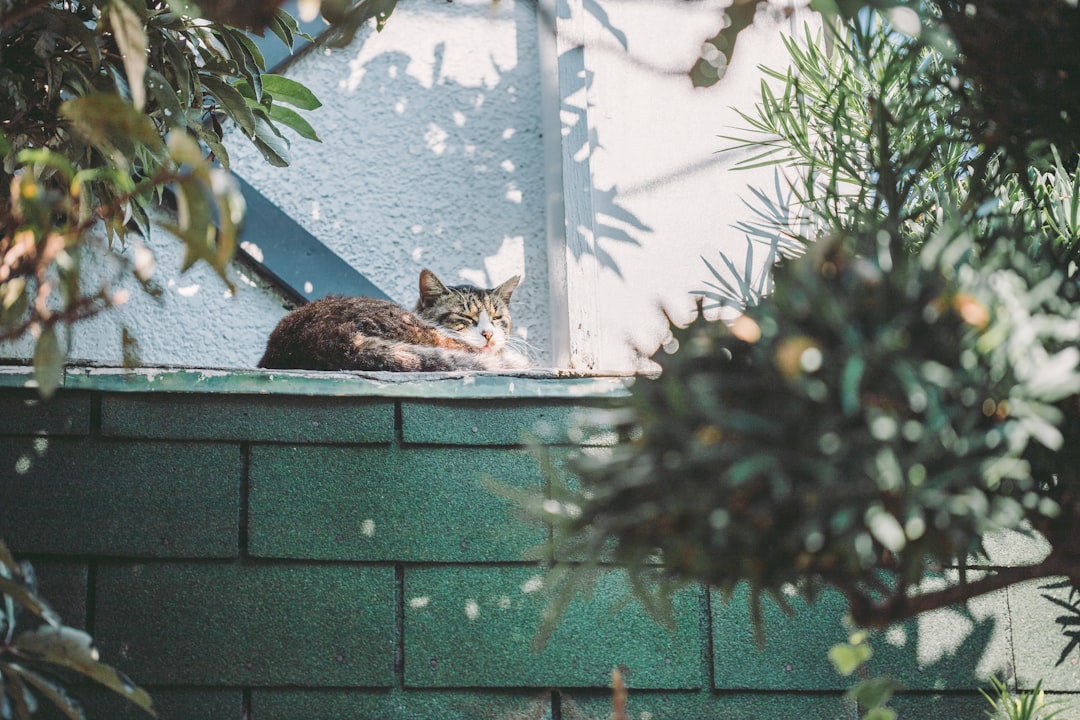If you’re looking to provide your feline friend with a nutritious and delicious meal, homemade cat food recipes may be the perfect solution. Creating your own cat food allows you to control the ingredients, ensuring a balance of essential nutrients that cater to your cat’s specific needs. With various recipes tailored to entice even the pickiest eaters, you can explore options like chicken, fish, and even vegetable blends. In this post, we will guide you through seven delightful recipes that your cat will love while discussing the numerous benefits of a homemade diet.
Benefits of Homemade Cat Food
Choosing homemade cat food recipes offers numerous advantages that can significantly impact your feline friend’s health. Here are some key benefits:
- Control over Ingredients: You know exactly what goes into your cat’s meals. This control helps you avoid fillers, preservatives, and artificial additives commonly found in commercial pet food.
- Tailored Nutrition: Each cat has unique dietary needs. Homemade recipes allow you to customize meals for your cat’s age, weight, and health conditions, ensuring they get the nutrients they truly require.
- Freshness: Homemade cat food is fresher than store-bought options. Fresh ingredients not only improve taste but also enhance nutrient absorption.
- Variety in Diet: A varied diet prevents boredom and can increase your cat’s overall happiness. With homemade cat food recipes, you can explore different ingredients and flavors, keeping mealtimes exciting.
- Potential Allergies: If your cat suffers from food allergies, making your own meals can help you identify problematic ingredients, allowing for safe alternatives.
In summary, incorporating homemade cat food recipes into your cat’s diet can lead to improved health, happiness, and overall well-being. Transitioning to these home-cooked meals equips you with the tools to promote your cat’s vitality and longevity.
Essential Nutrients for Cats
When crafting homemade cat food recipes, it’s crucial to ensure that your feline friend receives all the essential nutrients they need. Cats are obligate carnivores, meaning they rely heavily on animal-based nutrition. Here are the key nutrients to include:
- Protein: This is vital for muscle development and overall health.
- Sources: Chicken, turkey, fish, and beef.
- Taurine: An essential amino acid that supports heart function and vision.
- Sources: Found mainly in meat and fish.
- Fats: They provide energy and help absorb fat-soluble vitamins.
- Sources: Fish oil, chicken fat, or flax seed oil.
- Vitamins: Ensure to include vitamins such as A, B, D, E, and K to support immune function and metabolic processes.
- Sources: Animal organs like liver, and certain vegetables (in moderation).
- Minerals: Calcium, zinc, and phosphorus are crucial for strong bones and teeth.
- Sources: Ground eggshells or mineral supplements.
Comparison of Nutrients in Homemade vs. Commercial Cat Food
| Nutrient | Homemade Cat Food | Commercial Cat Food |
|---|---|---|
| Protein | High-quality meats | Varies; some may contain fillers |
| Taurine | Naturally present in meat | Added during processing |
| Fats | Healthy animal fats | May include unhealthy fats |
| Vitamins | Can be tailored | Usually fortified |
| Minerals | Customizable | Often balanced |
By incorporating these essential nutrients into your homemade cat food recipes, you can ensure your cat enjoys a balanced and healthy diet that promotes their well-being.
Key Ingredients to Include
Creating homemade cat food recipes involves carefully selecting ingredients that provide optimal nutrition for your feline friend. Here are some essential components to include:
Proteins
- Chicken, turkey, or fish: These are great sources of high-quality protein that cats need for muscle development.
- Eggs: Packed with protein and essential amino acids, eggs are an excellent addition.
Carbohydrates
- Rice or quinoa: These grains offer a digestible source of carbohydrates.
- Sweet potatoes: Rich in vitamins, they can be a nutritious filler.
Fruits and Vegetables
- Carrots: A good source of vitamins, they add natural sweetness and fiber.
- Pumpkin: This promotes digestive health and provides moisture.
Fats
- Fish oil: Omega-3 fatty acids are crucial for a shiny coat and overall health.
- Coconut oil: It can aid in digestion and offer additional energy.
Supplements
- Taurine: This essential amino acid is vital for heart and eye health in cats.
- Calcium: Important for bone health, it can be sourced from crushed eggshells or supplements.
Following these guidelines will ensure that your homemade cat food recipes are not only delicious but also nutritionally balanced. Always consult your veterinarian when formulating a new diet for your cat to ensure it meets all their dietary needs.
Homemade Chicken Cat Food Recipe
One of the most popular homemade cat food recipes involves chicken. Cats love the taste, and chicken provides high-quality protein essential for their health. Here’s a simple yet nutritious recipe that your feline friend will adore.
Ingredients:
- 1 cup of cooked chicken (shredded)
- 1/4 cup of chicken broth (low sodium)
- 1/4 cup of peas (cooked and mashed)
- 1/4 cup of carrots (cooked and diced)
- 1/4 teaspoon of fish oil (for Omega-3 fatty acids)
Instructions:
- Prepare the Chicken: Boil or bake the chicken until fully cooked. Shred the meat into small, bite-sized pieces.
- Combine Ingredients: In a bowl, mix the shredded chicken, chicken broth, mashed peas, diced carrots, and fish oil.
- Blend Well: Ensure all ingredients are well mixed to create a uniform texture.
- Serve: Dish out the food in your cat’s bowl. You can store any leftovers in an airtight container in the fridge for up to three days.
Nutritional Benefits:
- Protein: Essential for muscle growth and repair.
- Vitamins: Carrots and peas contribute vitamins A and C, boosting immunity.
- Fatty Acids: Fish oil improves skin and coat health.
This homemade cat food recipe not only satisfies your cat’s taste buds but also provides vital nutrients. Enjoy the bonding time as you create a meal tailored specifically for your furry companion!
Nutritional Fish Cat Food Recipe
Creating a delicious and nutritious fish-based meal for your cat can be simple and rewarding. Fish provides essential fatty acids, protein, and various vitamins that support your cat’s overall health. Here’s a quick and tasty homemade cat food recipe featuring fish:
Ingredients:
- 1 cup cooked fish (salmon, tuna, or sardines)
- 1/2 cup cooked brown rice or quinoa
- 1/4 cup steamed carrots (mashed)
- 1 tablespoon fish oil (for added Omega-3)
- 1/4 cup water or chicken broth (low sodium)
Instructions:
- Cook the Fish: Ensure the fish is fully cooked, deboned, and flaked into small pieces.
- Combine Ingredients: In a bowl, mix the cooked fish, brown rice or quinoa, mashed carrots, and fish oil.
- Add Liquid: Slowly mix in water or chicken broth to reach the desired consistency.
- Serve: Let it cool slightly before serving it to your cat.
Benefits of This Recipe:
- Rich in Omega-3s: Enhances coat health and reduces inflammation.
- Balanced Nutrition: Offers a good mix of protein and carbohydrates.
- Easy to Make: Prep time is quick, making it ideal for busy pet owners.
Incorporating this homemade cat food recipe not only satisfies your feline friend’s palate but also supports their nutritional needs. Always consult your veterinarian before making significant dietary changes for your cat.
Vegetable and Meat Blend Recipe
Creating a nutritious Vegetable and Meat Blend using homemade cat food recipes can offer your feline a balanced diet filled with essential vitamins and minerals. This recipe combines protein-rich meat with fiber-packed veggies, ensuring your cat gets both energy and digestive support.
Ingredients:
- 1 cup of cooked ground turkey or chicken (protein source)
- 1/2 cup of steamed carrots (rich in vitamins A and C)
- 1/2 cup of cooked green beans (good source of fiber)
- 1/4 cup of peas (provides important minerals)
- 1 tablespoon of olive oil (healthy fats)
Instructions:
- Cook the meat: In a skillet over medium heat, cook the ground turkey or chicken until thoroughly cooked.
- Prepare the vegetables: Steam the carrots, green beans, and peas until they are soft.
- Combine ingredients: Mix the cooked meat with the vegetables in a bowl.
- Add olive oil: Drizzle olive oil over the blend for added nutrients.
- Serve: Allow to cool before serving to your cat.
Nutritional Benefits:
- Protein from meat promotes muscle development.
- Fiber from veggies aids in digestion.
- Vitamins from carrots and peas support overall health.
Using homemade cat food recipes like this Vegetable and Meat Blend not only provides a tasty meal but also ensures your pet enjoys a variety of flavors and textures while staying healthy. Remember to consult your veterinarian before making significant changes to your cat’s diet!
Tuna and Carrot Delight Recipe
Crafting a Tuna and Carrot Delight is not only quick but also a nutritious option for your feline friend. This recipe offers a delightful balance of protein and vitamins, making it an excellent addition to your collection of homemade cat food recipes. Here’s what you need to know:
Ingredients:
- 1 can of tuna (in water, drained)
- 1 small carrot (finely grated or steamed and mashed)
- 1 tablespoon of olive oil (optional, for healthy fats)
- 1/4 cup of cooked rice (optional, for added carbohydrates)
Instructions:
- In a bowl, combine the drained tuna and grated carrot.
- Mix in olive oil and, optionally, the cooked rice.
- Ensure all ingredients are thoroughly mixed.
- Serve fresh or refrigerate for later use (up to three days).
Nutritional Benefits:
- Tuna provides essential amino acids and omega-3 fatty acids, promoting a healthy coat and skin.
- Carrots are packed with vitamins A and C, supporting vision and immune health.
- Olive oil offers heart-healthy fats beneficial for overall well-being.
Quick Tips:
- Always check that your cat is not allergic to any ingredients.
- Adjust portions according to your cat’s size and dietary needs.
Integrating this Tuna and Carrot Delight into your homemade cat food recipes will surely make mealtime exciting and beneficial for your furry companion!
Commercial vs. Homemade Cat Food
When it comes to feeding our feline friends, the choice between commercial and homemade cat food is crucial. Understanding the differences can help you make informed decisions about your cat’s diet.
Key Differences:
| Aspect | Commercial Cat Food | Homemade Cat Food |
|---|---|---|
| Ingredients | Often contains fillers and preservatives | Uses fresh, whole ingredients |
| Nutritional Control | Limited control over nutrient levels | Tailored recipes to meet nutritional needs |
| Cost | Can be expensive over time | May require an initial investment but often saves money long-term |
| Variety | Limited flavor options | Endless potential with various homemade cat food recipes |
| Quality | Varies by brand | Full control over quality and sourcing |
Benefits of Each:
- Commercial Cat Food:
- Convenient and easy to obtain.
- Formulated to meet AAFCO standards.
- Homemade Cat Food:
- Customizable based on your cat’s preferences.
- More transparency about what your cat consumes.
Conclusion:
Choosing between commercial and homemade cat food largely depends on your cat’s specific needs and your lifestyle. While commercial varieties offer convenience, homemade cat food recipes provide an opportunity to prioritize nutrition and cater to your cat’s unique tastes. Ultimately, ensuring your cat receives a balanced diet is the most important factor in making your choice.
Tips for Transitioning to Homemade Diet
Transitioning your cat to homemade cat food recipes can feel daunting, but with a thoughtful approach, it can be a smooth process. Here are some effective tips to help you make this change successfully:
- Gradual Introduction: Start by mixing a small portion of homemade cat food into your cat’s current diet. Gradually increase the proportion over a week or two. This slow transition minimizes digestive upset.
- Monitor Reactions: Keep an eye on your cat’s behavior and health. Look for signs of allergies, digestive issues, or any changes in appetite. If problems arise, revert to the previous diet and consult a veterinarian.
- Experiment with Flavors: Cats can be picky eaters. Try different homemade cat food recipes to discover what your feline friend enjoys most. Include a variety of proteins and textures to keep mealtime exciting.
- Maintain Variety: Offer a range of recipes to ensure balanced nutrition. Rotating homemade cat food recipes prevents nutrient deficiencies and keeps your cat interested in their meals.
- Stick to a Schedule: Feed your cat at regular intervals. This ongoing routine can help adjust their appetite and digestion to the new food.
By following these tips, you’ll ensure a smoother transition to homemade cat food recipes, promoting your cat’s health and happiness in the long run.
Safety Considerations for Homemade Cat Food
When preparing homemade cat food recipes, safety is paramount. Ensuring your furry friend’s meals are safe and nutritious helps maintain their health and well-being. Here are some essential safety tips to keep in mind:
1. Ingredient Quality
- Freshness: Always use fresh ingredients to prevent foodborne illnesses.
- Sourcing: Opt for high-quality, organic meats and vegetables whenever possible.
2. Balanced Nutrition
- Consult with a veterinarian or pet nutritionist to ensure your recipes provide all essential nutrients.
- Incorporate a variety of proteins, fats, and carbohydrates for a balanced diet.
3. Proper Cooking Techniques
- Cook meat thoroughly to kill harmful bacteria.
- Avoid using toxic ingredients like onions, garlic, and chocolate.
4. Hygiene Practices
- Wash hands, utensils, and surfaces thoroughly before and after meal preparation.
- Store homemade cat food in the refrigerator and use it within a few days or freeze for long-term use.
5. Monitor for Allergies
- Introduce new ingredients gradually and watch for any allergic reactions.
- Keep a diary of what your cat eats to identify potential food sensitivities.
By following these safety considerations, your homemade cat food recipes will not only delight your pet but also keep them safe and healthy.



